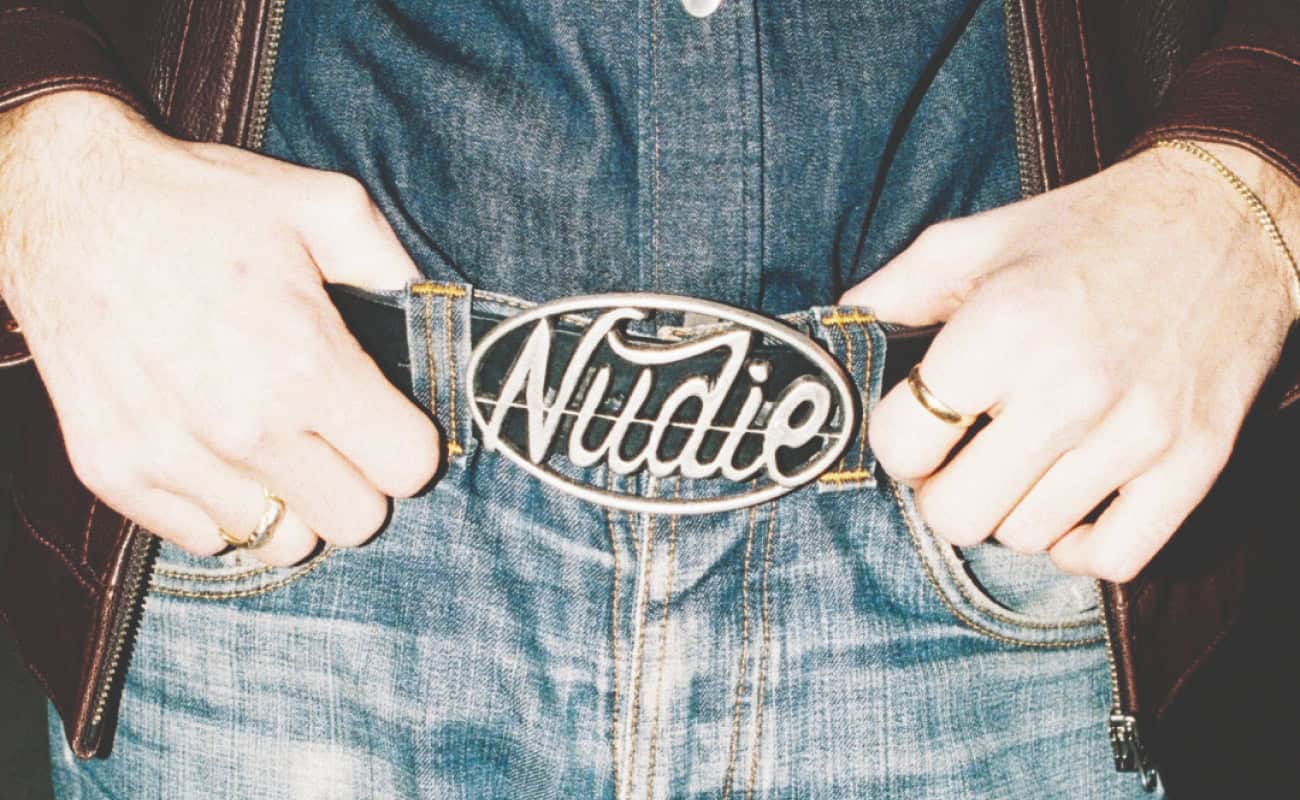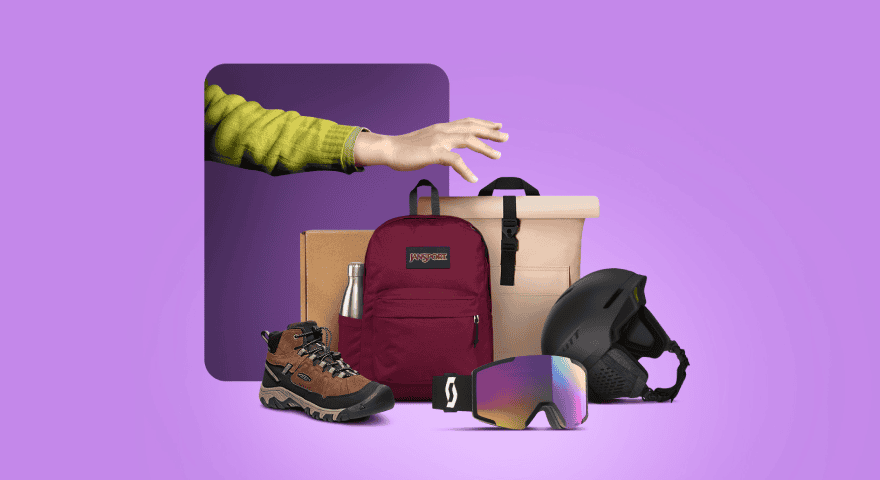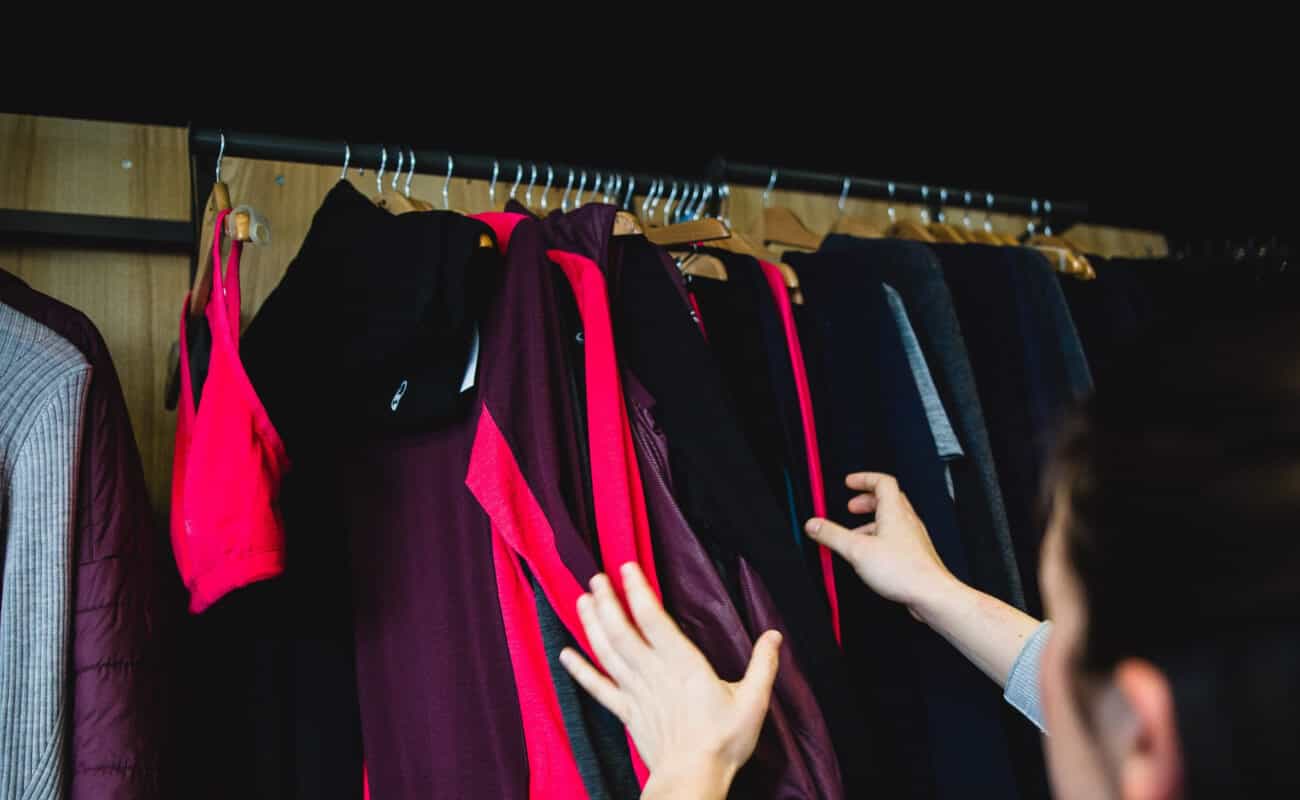Many outdoor apparel brands make big claims about quality and even bigger claims about performance. But of these brands, how many of them really deliver? Today, we look at two major companies that have withstood the test of time while continuing to outshine the competition in both quality and performance.
We’ve pitted our beloved Canadian brand Arc’teryx against the legendary Norwegian brand Norrøna. In this article, we’ll touch on their history, social responsibility, sustainability, and flagship products to see how both brands have come to earn their reputation.
Let’s begin!
- Norrøna brand overview
- Arc’teryx brand overview
- Norrøna vs Arc’teryx brand comparison (durability, performance, price, style and corporate responsibility)
- Verdict: and the best brand is…
Norrøna Overview
A Brief History
Created by Norwegian businessman and adventurer Jørgen Jørgensen in 1929, Norrøna has become one of Europe’s most trusted outdoor brands. Their initial claim-to-fame was producing Europe’s first GORE-TEX jacket, which quickly became a favourite among their skiing clientele. Over the years, Norrøna has expanded its list of core activities, designing gear for every breed of outdoor enthusiast.
While Norrøna hasn’t attained that same ubiquitous status among North Americans, they’ve begun to make their mark. In fact, even if you don’t recognize the name, you’ll likely recognize the logo: a minimalist Viking head.
For four generations, Norrøna has been a family business. Today, Jørgen Jørgensen’s great-grandson (incidentally also named Jørgen Jørgensen) is the CEO, employing 120 people and a roster of athletic ambassadors. Keeping such a passionate and tight-knit community is what has allowed Norrøna to maintain its razor-sharp vision.
The four pillars of this vision are craftsmanship, innovation, function, and long-lasting quality. How do they pull this off? By concentrating on user-driven development. In fact, it takes an average of three years for a new product to complete development. According to Jørgensen, “It’s about knowledge,” from initial conception and design to R&D and field testing.
Nevertheless, despite the fact that some of their products are still manufactured in Scandinavia, many of them have been outsourced overseas. These overseas factories are subject to recurrent audits to facilitate ethical improvements. Norrøna is also dedicated to full transparency surrounding their partnerships with off-shore factories.
Social Responsibility & Sustainability
Norrøna’s commitment to their customers and the environment can be summed up with their five R’s: reduce, repair, reuse, remake, and recycle. On the client-side of things, Norrøna has been offering free repairs on each and every product since 1929.
Meanwhile, Brad Boren, Norrøna’s Director of Innovation and Sustainability, has been leading the eco-friendly charge for the last 20 years. Though Norrøna was one of the first companies to construct their garments using organic and recycled materials, they were the last to actually brag about it.
Today, they’ve earned many long-overdue seals of approval. Third-party authorities continue to certify Norrøna’s business and manufacturing practices. These memberships include the likes of bluesign, RDS, RWS, and Oeko-Tex. You can be sure that whenever you purchase a Norrøna garment, the cotton and down are both 100% fair and organic, while the polyesters come from recycled sources.
Flagship Product: Lofoten GORE-TEX Insulated Jacket
Brand Name | Product Type
Product Name
Price: 0.00$
The Lofoten GORE-TEX Insulated Jacket (men’s / women’s) is designed for big mountain adventures. Whether you’re a downhill or cross-country skier, a snowboarder, or just in need of a reliable winter coat, the Lofoten delivers.
This outside of the jacket features two layers of durable and weather-resistant GORE-TEX. And, despite being both windproof and waterproof, this jacket is incredibly breathable.
Meanwhile, inside, the PrimaLoft insulation offers an effective, fast-drying, and ethical alternative to down. An uninsulated StormHood provides unbeatable weather resistance.
The jacket has several noteworthy features. A snap-away snow skirt prevents snow from entering at the waist (especially useful if you suffer from frequent wipeouts like me). And then there are the hand gaiters; when paired with gloves, hand gaiters stop snow from entering at the wrist. Lastly, if you start working up a sweat, underarm ventilation zips can be used to quickly dump heat.
Price: 0.00$
The Lofoten is “extremely comfortable and well thought out, the perfect number of pockets (in the right places).
– Gavin P., an Altitude Sports reviewer
Arc’teryx Overview
A Brief History
Though not nearly as old as Norrøna, Arc’teryx is still old enough to be a legacy brand. Founded in Vancouver in 1989, the company was originally called Rock Solid, only rebranding to Arc’teryx in 1991. The name is derived from what is considered the oldest known bird, Archaeopteryx, while the logo is a stencilled version of its fossil.
Over the last three decades, Arc’teryx has established itself as an international force in outdoor apparel. Today, they’re renowned for creating gear for every breed of adventurer, from hikers and runners to climbers and alpinists.
While their initial focus was strictly on rock climbing, all this changed when they partnered with GORE-TEX in the mid-90s. This partnership sparked an innovative shift in the Arc’teryx product line, giving them the technology to produce weather-resistant backpacks and jackets.
If you’re wondering who owns Arc’teryx today, the answer is a little bit complicated. In 2001, the Adidas-owned Salomon Group acquired Arc’teryx. Four years later, in 2005, the Solomon Group itself was sold off to Finnish sporting goods brand, Amer Sports. And, since 2019, Amer Sports has been incorporated into Anta Sports, a Chinese multinational sports equipment corporation.
Social Responsibility & Sustainability
Arc’teryx has been a long-time champion of ESG policies, which stands for Environment, Social, and Governance. This encompasses the three pillars of corporate responsibility: minimizing carbon footprint, empowering employees, and keeping the upper crust in check.
Arc’teryx products are also bluesign approved, meaning their manufacturing guidelines respect environmental, health, and safety standards.
While the brand’s famous Alpha SV jackets continue to be made in Canada, all of Arc’teryx’s other products are now produced overseas. Mostly in Far East countries like Indonesia, Bangladesh, Myanmar, Vietnam, and China.
That said, each product is traceable to a specific factory. Meanwhile, these factories are held accountable for maintaining worker rights and wage equity. Failing these conditions, the factory’s contract is subject to immediate termination.
Flagship Product: Alpha SV Jacket
Brand Name | Product Type
Product Name
Price: 0.00$
The Alpha SV jacket (men’s / women’s) has been a fan-favourite since it first launched over 20 years ago. Unlike Norrøna’s Lofoten jacket, the Alpha SV is actually an uninsulated hardshell. It’s designed for breathability, durability, and uncompromising weather resistance.
For more in-depth coverage of the Alpha SV, check out our complete Alpha SV Review.
Built using Gore-Tex Pro with Most Rugged Technology, this jacket is both windproof and waterproof without feeling stuffy. The tall collar, laminated chin guard, and helmet-compatible StormHood keep your head warm and dry in nasty conditions. If you work up a sweat, pit zips let you quickly vent heat.
Another new and noteworthy feature is the Recco reflector, a passive transponder that makes it easy for search and rescue workers to locate you in the event of an emergency.
Obviously, between this piece of technology and the price tag, the Alpha SV really is designed with severe alpine weather in mind. While you can certainly wear it as an everyday hardshell, it’s sort of like using a supercomputer to play Tetris.
Price: 0.00$
Comparing Norrøna and Arc’teryx
There are five pillars of quality when it comes to outdoor apparel. Let’s see how our two brands stack up against each other in these categories.
1. Durability
What we especially like about Norrøna is their commitment to their Norwegian heritage. While Arc’teryx is now Chinese-owned, Norrøna has remained true to its roots.
In terms of warranty, Arc’teryx products feature a limited warranty of between one and three years on most of their products, and a Practical Lifetime Warranty on packs, accessories, and apparel. Norrøna offers a five-year warranty on all their products and seven years for Loyalty Members.
2. Performance
Both Norrøna and Arc’teryx make big promises on performance. And both brands deliver. Whether for running, hiking, climbing, snowboarding, skiing, or just surviving a Northern winter, each brand subjects its products to rigorous R&D.
On this point, however, Norrøna goes the extra mile. As mentioned above, a new product takes three years to go from conception to consumer.
3. Price
Arc’teryx is known for being on the expensive side of outdoor apparel. Nevertheless, when compared to Norrøna, many of their corresponding products come across as downright affordable. In the end, you do get for what you pay for with either brand. The question you have to ask yourself is, “How much am I willing to pay?”
4. Style
When it comes to style, both Norrøna and Arc’teryx are devoted followers of minimalist aesthetic principles. Across both product lines, you’ll find function dominating form, while the fit prioritizes unrestricted movement above flattering curves.
The Norrøna colourways are much more vibrant and fun than those you’ll find with Arc’teryx. Generally speaking, Arc’teryx prefers garments to come in conservative shades like black, greys, and greens, though other colours do exist.
5. Corporate Responsibility
Corporate responsibility has become increasingly important among consumers—especially in the outdoor gear community. This metric comprises the entire scope of a company’s ethical code of conduct, from its treatment of employees to its treatment of the environment.
The truth is that, while not perfect, both Arc’teryx and Norrøna are beacons of corporate responsibility in the outdoor gear world. Both brands continually strive to improve their manufacturing practices and their employees’ quality of life. And we commend their efforts.
Wrap Up
Whether you choose Arc’teryx or Norrøna for your outdoor adventures, you won’t be disappointed. Nevertheless, each brand offers certain small advantages over the other.
In terms of price, Arc’teryx has a slight edge (the epic Alpha SV notwithstanding). But, Norrøna’s bump in cost does come with a higher guarantee of quality. Though both brands are bluesign approved, we like that Norrøna have stayed true to their roots.








